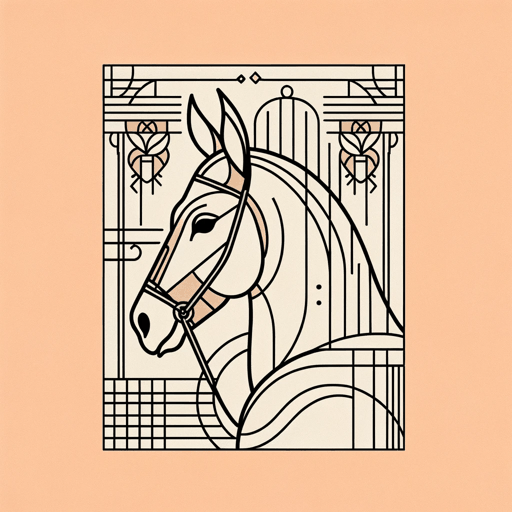16 pages • 32 minutes read
Langston HughesMe and the Mule
Fiction | Poem | Adult | Published in 1959A modern alternative to SparkNotes and CliffsNotes, SuperSummary offers high-quality Study Guides with detailed chapter summaries and analysis of major themes, characters, and more.
Themes
Racial Inequality
Racial inequality is at the heart of “Me and the Mule.” The poem introduces the mule as a symbol for the plight of African Americans: “My old mule, / He's gota grin on his face” (Lines 1-2). Because mules tend to be seen as obstinate creatures only fit for hard toil, this grin at first seems to be an overt marker of simplemindedness on the part of a beast of burden. The symbolic connection between the “grinning mule” and the speaker thus feels cruel and needless.
However, readers quickly see that Hughes is flipping the typical connotations of being a mule—and of being Black—on their head. He embraces the identification with the mule rather than rejecting it: “I’m like that old mule— / Black—and don't give a damn!” (Line 6). This makes it clear that the grin is doing something different in the poem. Despite the harsh treatment that the mule endures, it faces the world with a human expression that gives evidence to the intellect that its outward appearance might hide for those prone to bias. Like the mule, the speaker wants to prevent himself from internalizing the prejudice of the outside world, not giving “a damn” about racist views and proudly declaring himself to be “Black.
Related Titles
By Langston Hughes
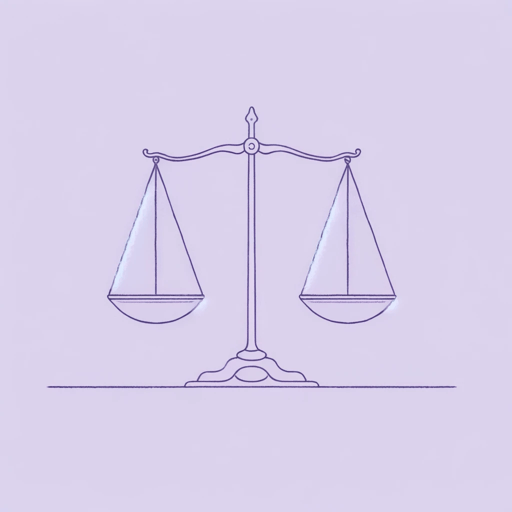
Children’s Rhymes
Langston Hughes
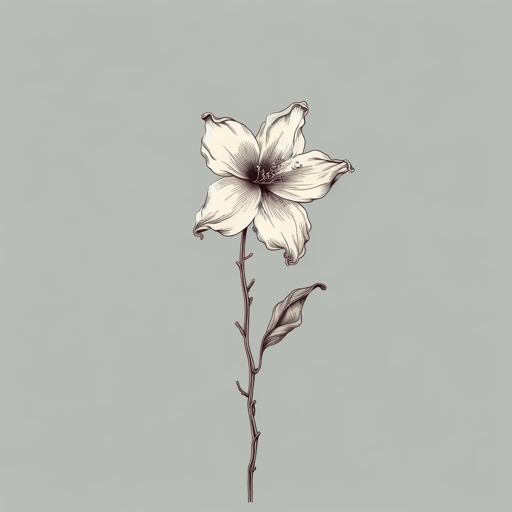
Cora Unashamed
Langston Hughes
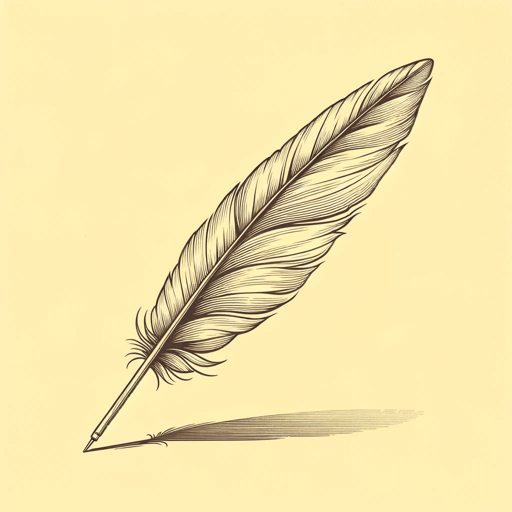
Dreams
Langston Hughes
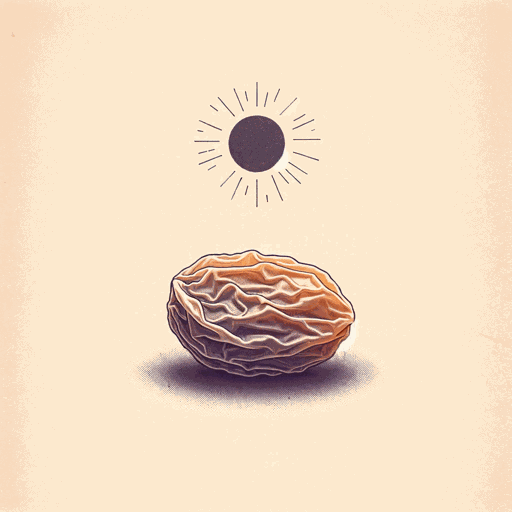
Harlem
Langston Hughes
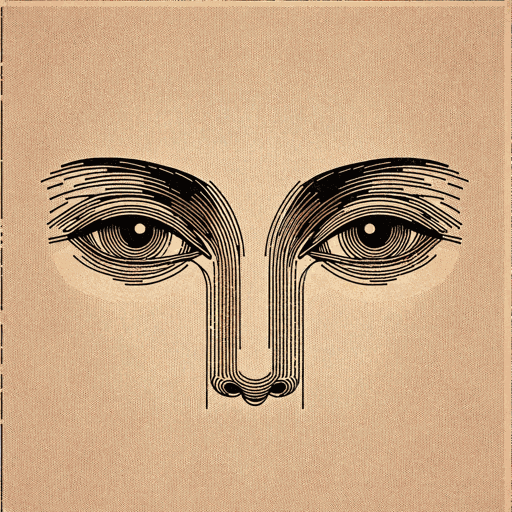
I look at the world
Langston Hughes
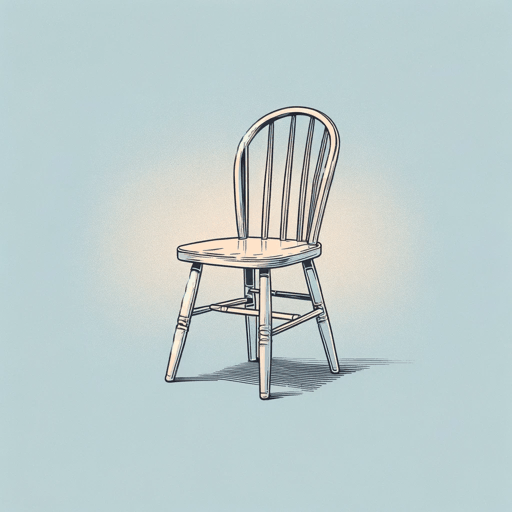
I, Too
Langston Hughes
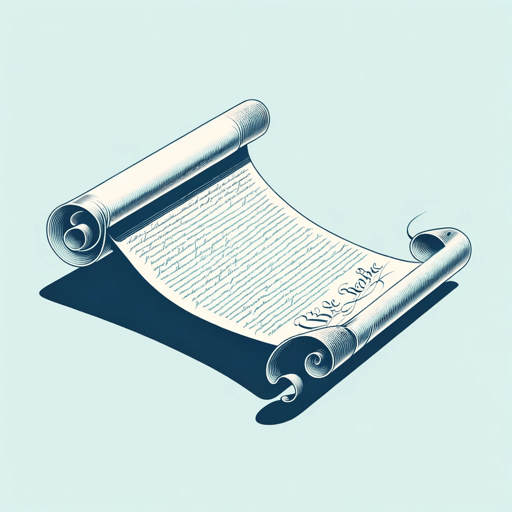
Let America Be America Again
Langston Hughes
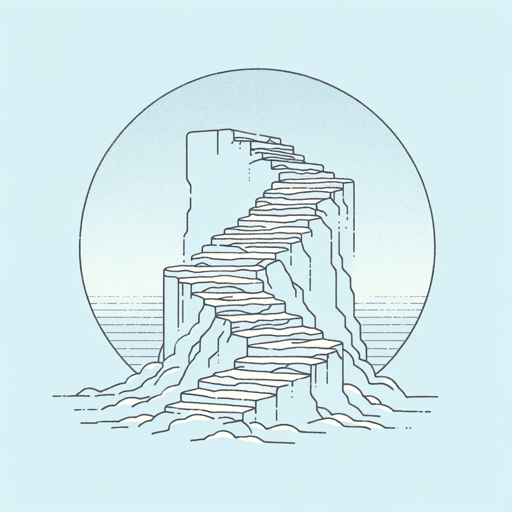
Mother to Son
Langston Hughes

Mulatto
Langston Hughes

Mule Bone: A Comedy of Negro Life
Langston Hughes, Zora Neale Hurston
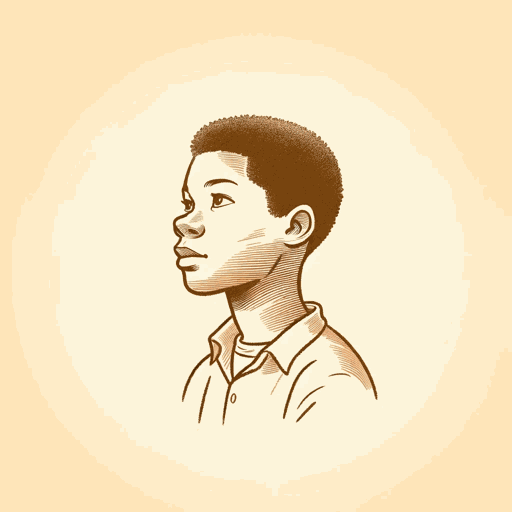
Not Without Laughter
Langston Hughes
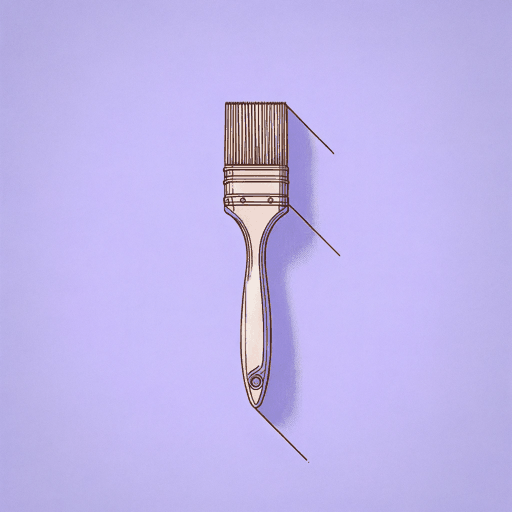
Slave on the Block
Langston Hughes
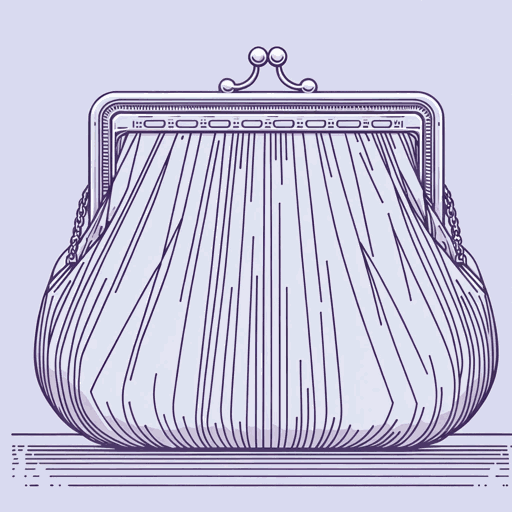
Thank You, M'am
Langston Hughes

The Big Sea
Langston Hughes
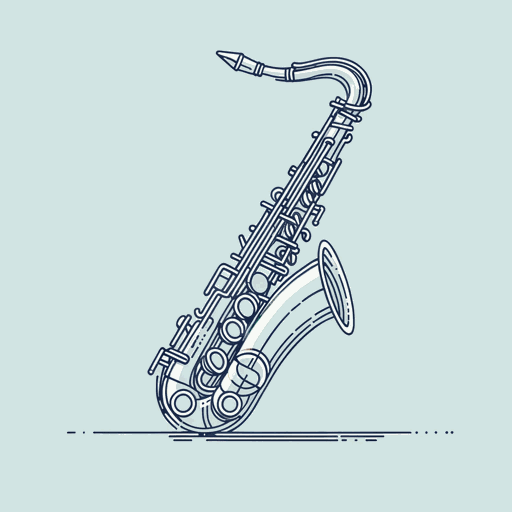
Theme for English B
Langston Hughes
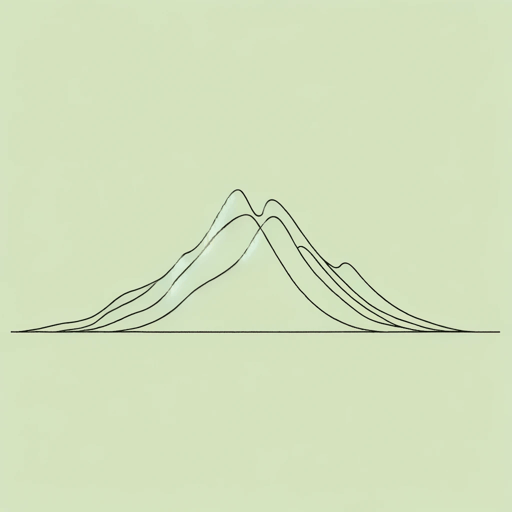
The Negro Artist and the Racial Mountain
Langston Hughes

The Negro Speaks of Rivers
Langston Hughes
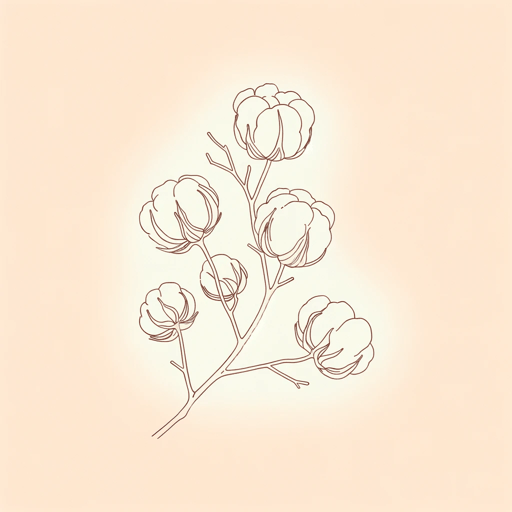
The Ways of White Folks
Langston Hughes
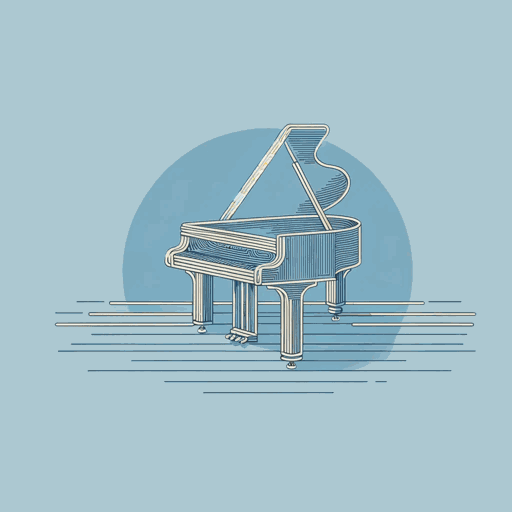
The Weary Blues
Langston Hughes
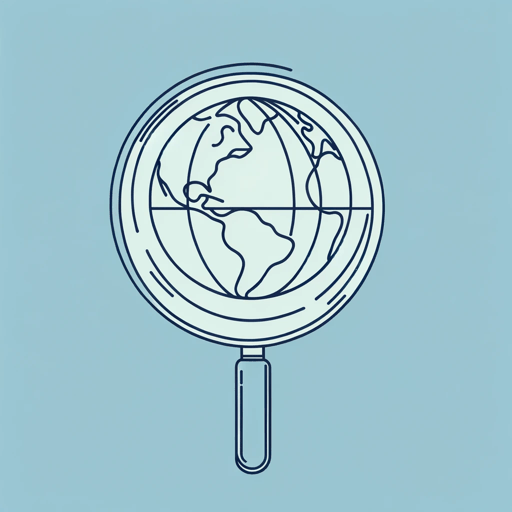
Tired
Langston Hughes
Featured Collections
African American Literature
View Collection
American Literature
View Collection
Books About Race in America
View Collection
Books on U.S. History
View Collection
Civil Rights & Jim Crow
View Collection
Contemporary Books on Social Justice
View Collection
Diverse Voices (High School)
View Collection
Diverse Voices (Middle Grade)
View Collection
Equality
View Collection
Harlem Renaissance
View Collection
Poetry: Perseverance
View Collection
Pride & Shame
View Collection
Short Poems
View Collection
